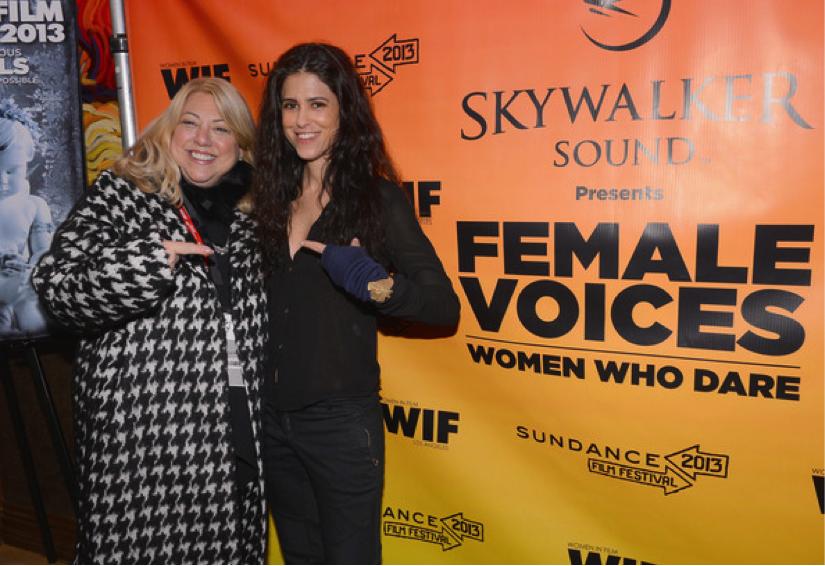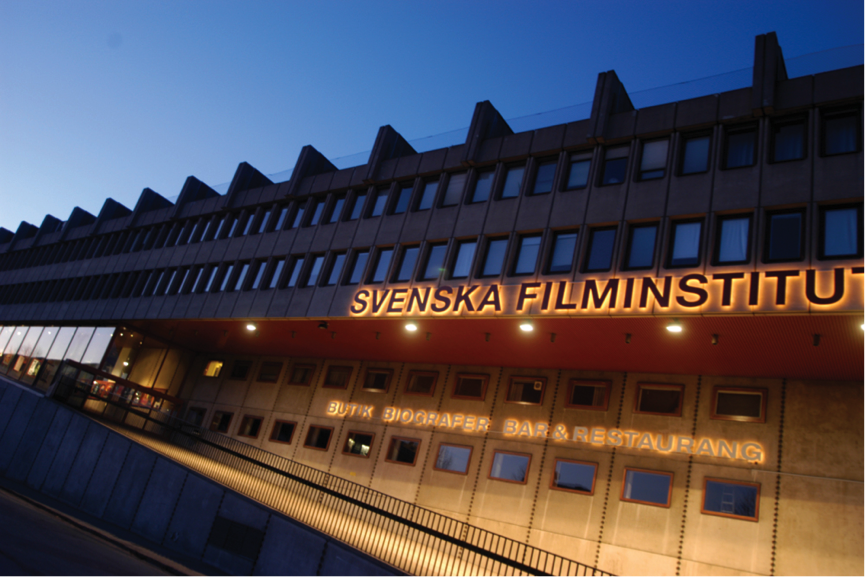Last year was something of a breakthrough for women in cinematography in that female directors have made up precisely half of the entries in last year’s Sundance Film Festival dramatic film competition.
The news is inspiring, but also illustrates the massive disparity between the indie scene and Hollywood when it comes to gender equality. It also doesn’t necessarily mean that this isolated statistic is indicative of long term change—indeed, Stacy Smith (of the University of Southern California who carried out the Sundance survey) concluded that “There has been no sustained or meaningful change across the last 11 years in the percentage of [female] directors or producers at the Sundance film festival.”

In total, over the last 11 years of Sundance less than one third of the professional staff who worked on films appearing at the festival were women. But if recent statistics mark a positive upswing in gender equality in film, how best can we sustain and build upon the trend?
A Focus on the Figures
To better understand the issue, more consistent analysis is needed; statistics on the gender divide in the industry are rarely current and surveys aren’t usually carried out on a large scale by professional bodies. While the numbers from 2013’s Sundance festival are both accurate and current, they weren’t drawn from a particularly large sample pool (the 50% figure relates to just the 16 films in the Dramatic Competition) and tell us nothing about the industry outside of the festival, as popular as it is.
Perhaps we should look towards Sweden, a country with a proud film heritage that is committed to analyzing and addressing the balance. The Swedish Film Institute, a semi-state funded body based in Stockholm, has worked hard over the last few years to make sure funding is awarded equally between men and women.

The Institute has determined that currently around 29% of feature films which are awarded funding are directed by women (who also account for 40% of the producers and writers). Not quite equal yet, but also a lot better than the loosely estimated national statistics for the US.
What’s more, the Swedish Film Institute has constructed an action plan based on its findings to achieve total equality in film funding by as soon as 2015 through regular dialogue, constructive action and mentorship programs. They’ve already cracked that nut when it comes to shorts and documentaries; it’s only the feature films that need raising from 29% to 50% in the director’s chair.
At the time of writing, no such research or action plan has been commissioned by the American Film Institute.
Raising Consciousness Through Film Festivals
That all said, the Sundance survey (commissioned by the festival itself in part with Women in Film) should be applauded as a step in the right direction. More studies of this kind should be carried out by hosting festivals, not only to get a more accurate handle on the issue but also to avoid the shambles that was Cannes 2012 (in which the Palme d’Or competition was dominated exclusively by males).
In addition, there’s a somewhat cyclical effect to surveys such as these. The numbers are of great interest to film writers and bloggers, who disseminate the information to the public at large.
In turn, this fosters an awareness where one might not have previously existed and creates a desire to see more female-directed or produced works. It also inspires more women to take up a career in the industry, helping the diversity some of the best cinematography schools in the country are already keen to foster.
And that gives rise to festivals dedicated to the works of women. This year sees an impressive line-up of such events, including last month’s return of SIFF’s Women in Cinema which returned to Seattle after a ten-year hiatus.
The Wellywood Woman blog has recently updated its handy list of female-centric film festivals which are appearing globally around the world; be sure to check out the full list here.
Pushing Forward

Of course, it’s not all about the numbers and blindly working towards a 50% gender split in films shown at festivals is not the only goal. As projects helmed by women—either as a director or producer—are in no way less likely to be profitable than those made by their male counterparts, it’s important that we promote a greater number of works by females at film festivals purely because it gives us as viewers more variance.
Variety is, after all, the spice of life; let’s demand more from our film festival organizers.
—–
Enjoy this? You might also want to check out our Gender Inequality in Film infographic to dig into the numbers a little deeper.
